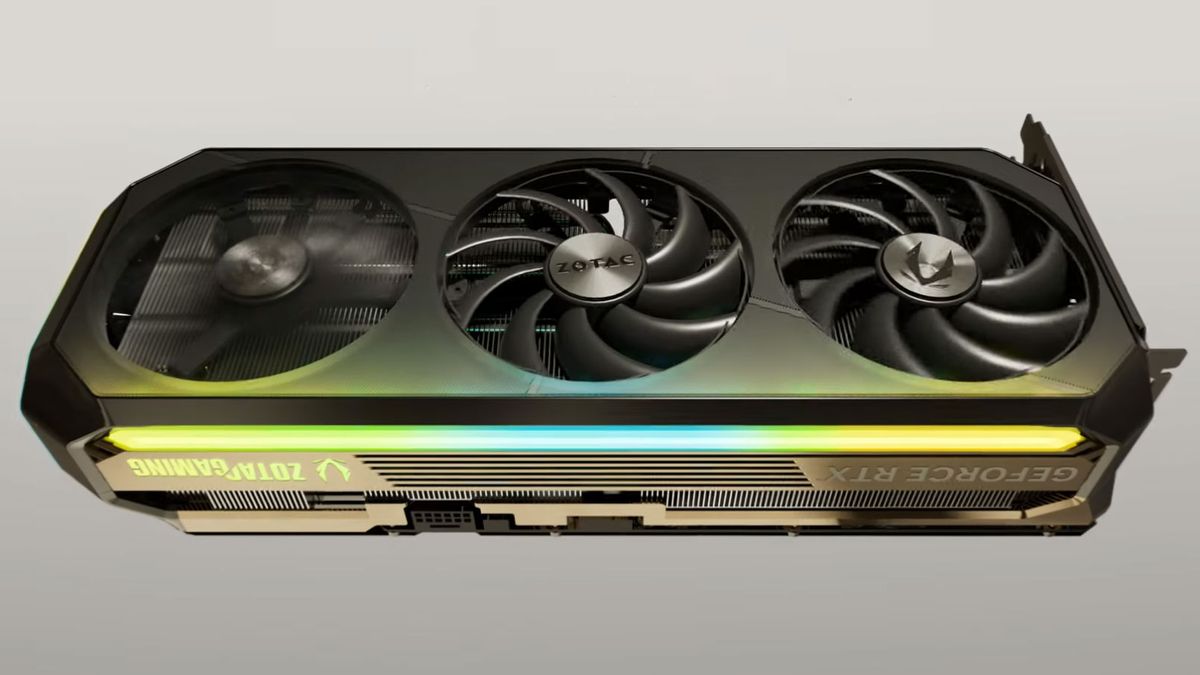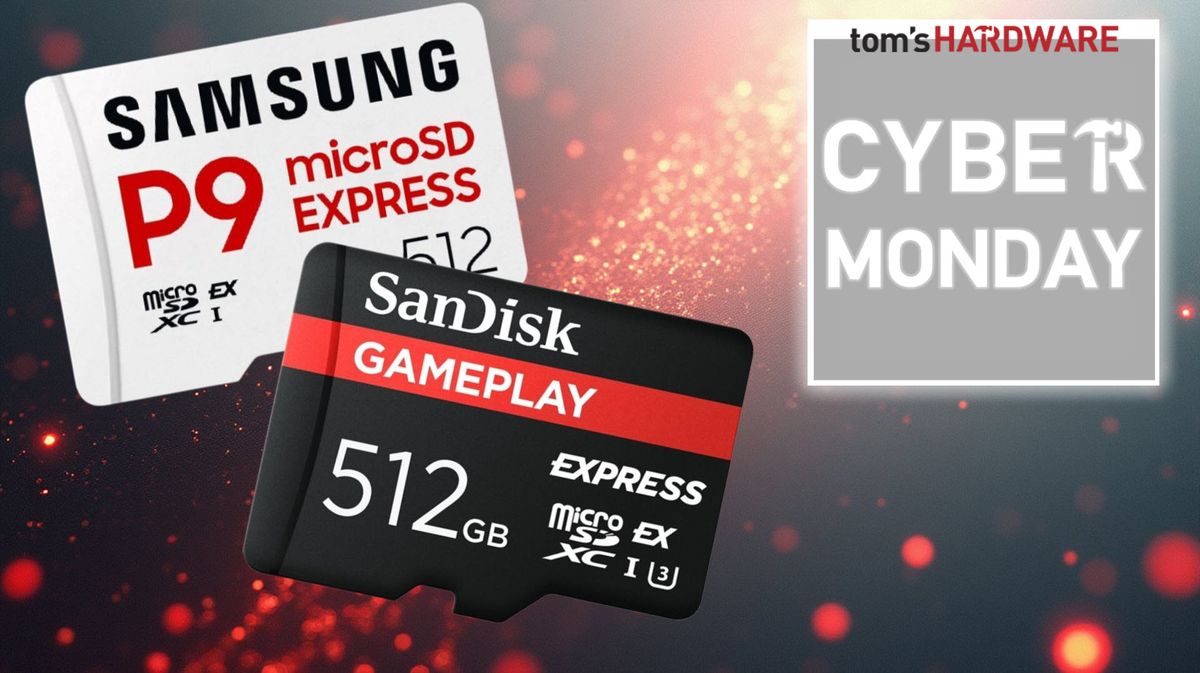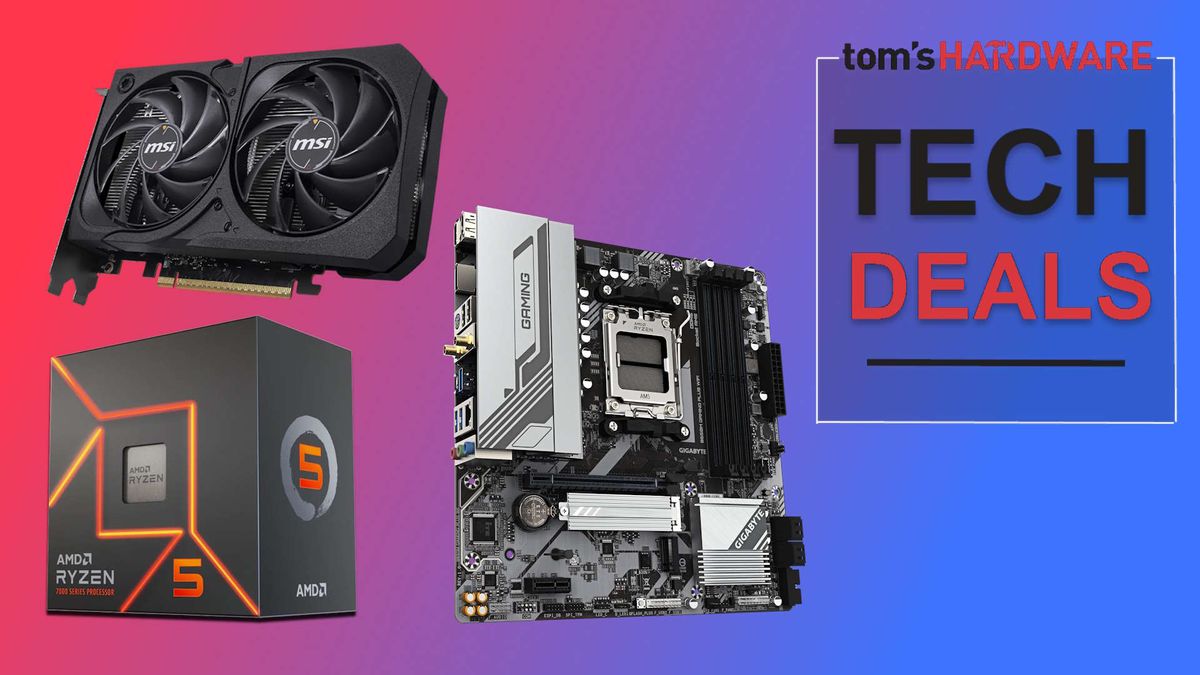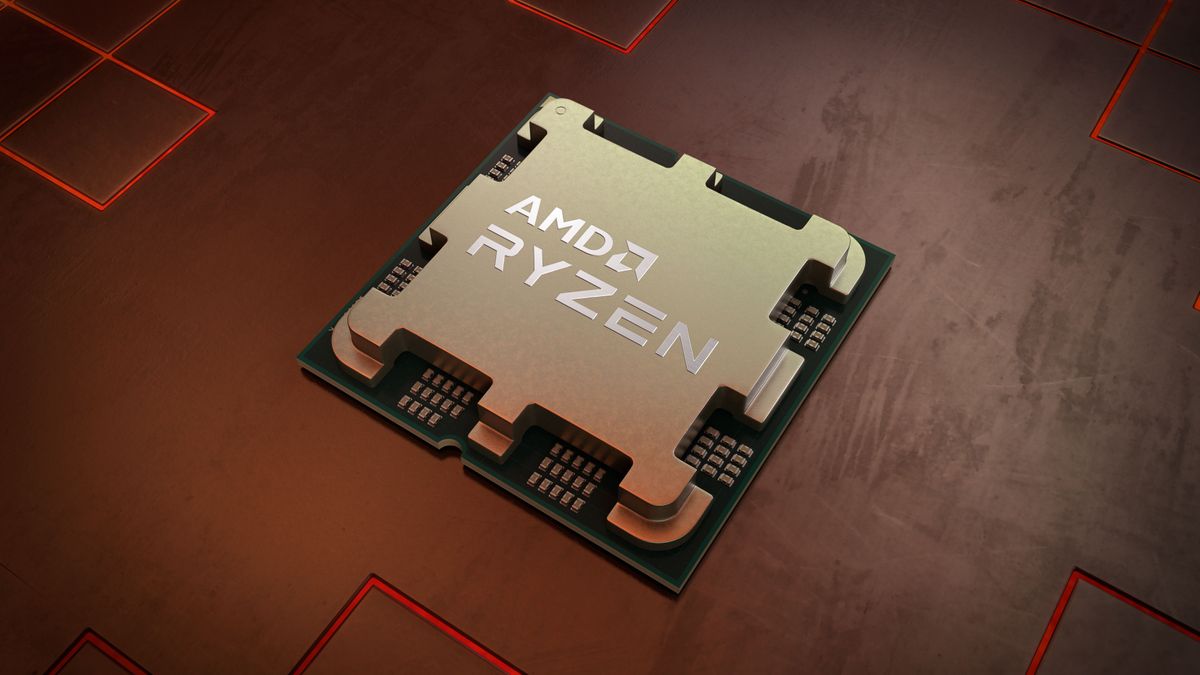New reports have emerged that suggest certain RTX 5090 models, including the Zotac RTX 5090 Solid, have reduced ROP counts, per a report at TechPowerUp (TPU). GPUs typically undergo stringent testing and validation to ensure they conform to design specifications, so the discovery is quite shocking. It's also been confirmed with the MSI RTX 5090D for the China market (via HXL). Before you grab your pitchforks, this issue does not affect every RTX 5090, so that's a sigh of relief. However, TPU reported a performance drop of up to 11% in the TimeSpy benchmark versus Nvidia's own Founders Edition model and a comparative custom model from MSI.
A reader at TPU alleged their Zotac RTX 5090 Solid was reporting fewer ROPs than factory specifications, spurring TPU to check its own card, which had underperformed in the publications' testing. This isn't likely to be a driver bug as the user reportedly reinstalled drivers and even switched BIOS versions, but the problem persisted. Coincidentally, TPU's own sample also exhibited a similar discrepancy, with 168 ROPs instead of the expected 176, a delta of 4.5%, as can be seen in the attached GPU-Z screenshot.
ROPs, short for Render Output Unit or Raster Operations Pipelines, is a hardware component on your GPU responsible for blending colors, performing anti-aliasing, and transactions between the framebuffer. Essentially, all pixel data that is to be displayed has to go through the ROPs before it can be written to the GPU's memory. On Blackwell, each top-level GPC contains 16 ROPS. The full-fat GB202 chip is equipped with 12 GPCs or 192 ROPS, however, the binned GB202 variant we find on a typical RTX 5090 comes with 176 ROPs; corroborated by the white paper.

To gauge the performance difference, TPU ran several tests, witnessing an up to 11% loss in 3DMark Time Spy Extreme versus the RTX 5090 FE, confirming that this isn't just a typical software reporting error. Not all games are affected equally by the reduced ROP count; however, the issue is still apparent, with an up to 8.5% performance loss in Elden Ring. In titles like Starfield and DOOM Eternal, the FPS loss isn't that noticeable, but this is completely unacceptable for a $2,000 GPU.
Zotac has not yet commented on the matter. If the ROPs are hardware-disabled, Nvidia likely fused them off during production and there isn't much that can be done at this point. Around the same time 10 years ago, Nvidia was in hot water for misleading GTX 970 VRAM specs. The fact is, Nvidia's white paper clearly states 176 ROPs for this GPU, and that's the number end-users reasonably expect to receive on their unit.
If the issue is not fixable through software, the most viable solution would be a recall or replacement. A refund wouldn't be a great solution, given the obvious Blackwell shortages. The situation isn't exactly black and white, so it's best to wait for an official statement from Nvidia. We've reached out to the company for comment.

 9 months ago
166
9 months ago
166








 English (US) ·
English (US) ·